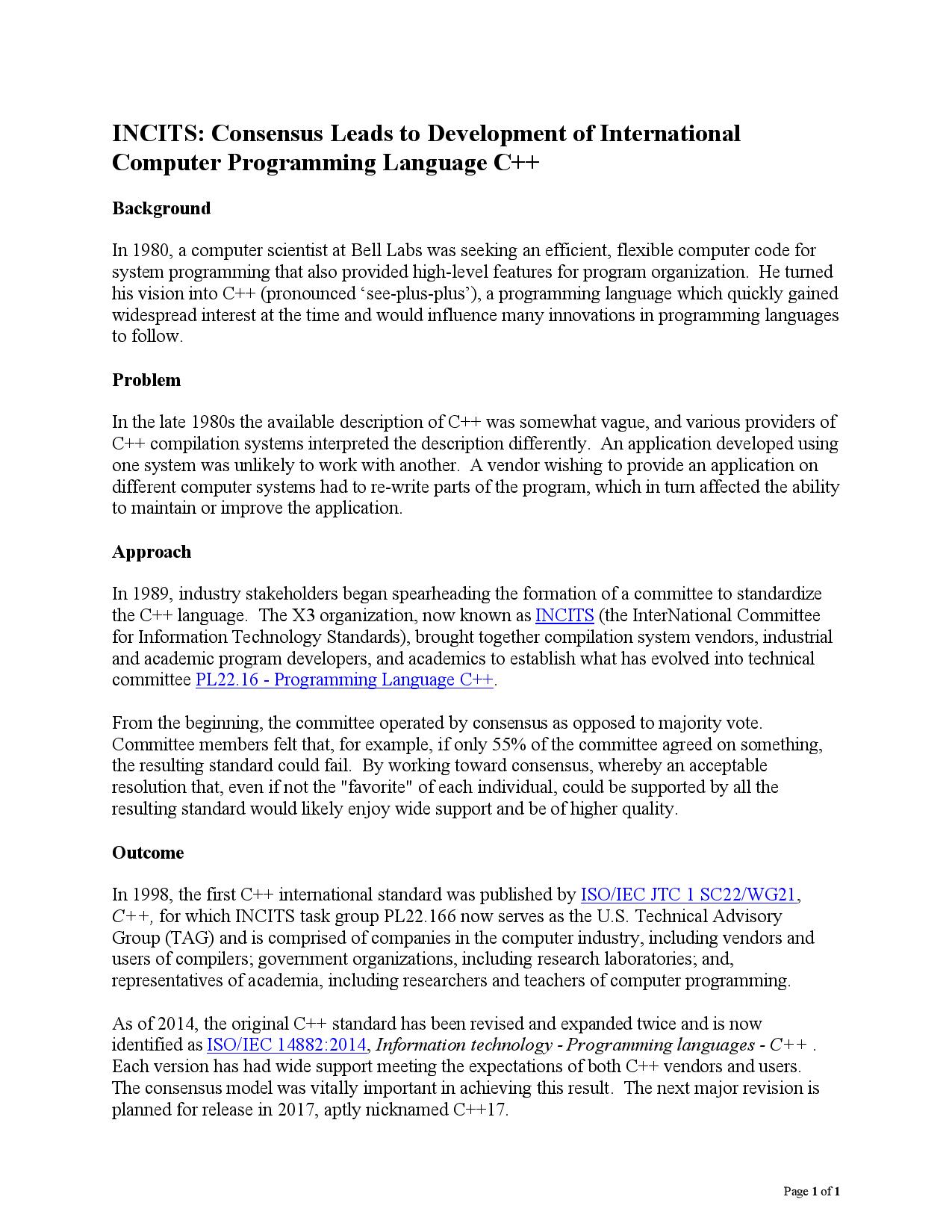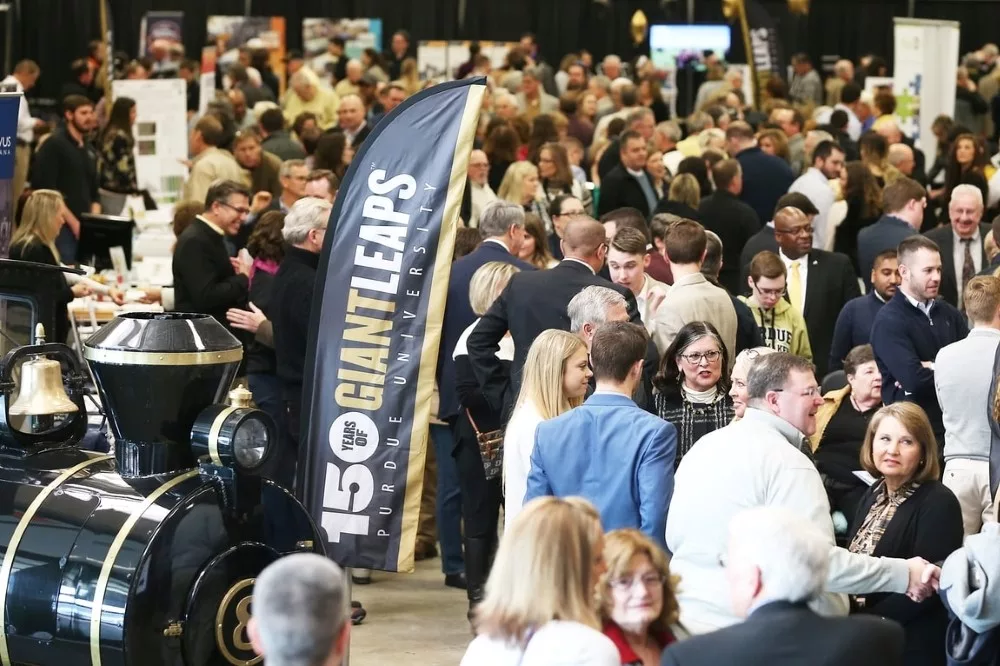* CLICK HERE to access ANSI Committee on Education Case Study Catalog
C++
- Home Page 183

Evensong “Prelude Number 2” (George Gershwin)
This content is accessible to paid subscribers. To view it please enter your password below or send mike@standardsmichigan.com a request for subscription details.
Fish Fry
“The Fish Fry is the unofficial homecoming of Indiana agriculture,” said Danica Kirkpatrick, Executive Director of the Ag Alumni Association. “Not only do we have a fun, educational program, but our guests tell us each year how much they enjoy the networking and exhibit area. While you can’t help but notice the obvious Purdue Pride at the Fish Fry, you don’t have to be an alumnus to attend.”
Basement building science
This content is accessible to paid subscribers. To view it please enter your password below or send mike@standardsmichigan.com a request for subscription details.
Green Smoothie
This content is accessible to paid subscribers. To view it please enter your password below or send mike@standardsmichigan.com a request for subscription details.
Spring Week 18 | April 28 – May 4
Monday | April 28 | Colloquium 15:00 UTC
Tuesday | April 29 | Colloquium 15:00 UTC
Wednesday | April 30| Colloquium 15:00 UTC
Thursday | May 1 | Colloquium 15:00 UTC
Friday | May 2 | Colloquium 15:00 UTC
Sammie Purcell (Vanderbilt University) & Maggie Adams (Belmont University)
Saturday | May 3
Sunday | May 4
Spring Week 12 | March 17 – 23
News:
AS&U March 13: $37.5 million renovation completed at San Diego elementary
Readings: US Law Schools Consider Eliminating US Constitution Law Class Requirement
Monday | March 17 | Colloquium 15:00 UTC
Tuesday | March 18 | Colloquium 15:00 UTC
Wednesday | March 19 | Colloquium 15:00 UTC
Thursday | March 20 | Colloquium 15:00 UTC
Friday | March 21 | Colloquium 15:00 UTC
Saturday | March 22
Sunday | March 23
Morning Has Broken
This content is accessible to paid subscribers. To view it please enter your password below or send mike@standardsmichigan.com a request for subscription details.
Spring Equinox
The Earth’s precession is a slow, cyclical motion of the rotational axis that causes the position of the celestial poles to change over time. This motion is caused by the gravitational influence of the Moon and Sun on the Earth’s equatorial bulge, and it has a period of about 26,000 years.
Over astronomical time, the Earth’s precession has caused a number of changes in the position of the stars and constellations in the sky. For example, due to precession, the position of the North Star, or Polaris, has shifted over time, and in ancient times, other stars, such as Thuban, were used as celestial markers for navigation. Additionally, precession can cause changes in the length and timing of the seasons over long timescales.
The Earth’s precession is affected by a number of factors, including the gravitational pull of other planets, the shape of the Earth’s orbit around the Sun, and the distribution of mass within the Earth itself. These factors can cause slight variations in the rate and direction of precession over time.
Overall, while the effects of precession on the Earth’s rotation and position in the sky are not easily observable on human timescales, they are an important component of the Earth’s long-term astronomical behavior.
Leap Year
The earth makes “one” trip around the Sun in approximately 365.2425 days. An additional day every four years helps synchronizes the calendar year with the solar year — assuming a perfect circle. Alas, the orbit is far from circular — it is elliptical and eccentric — thus confounding assumptions about climate change.
Today we revisit our earlier inquiries, readings and research with some consideration to how computer software deals with a leap year. Use the login credentials at the upper right of our home page.
New update alert! The 2022 update to the Trademark Assignment Dataset is now available online. Find 1.29 million trademark assignments, involving 2.28 million unique trademark properties issued by the USPTO between March 1952 and January 2023: https://t.co/njrDAbSpwB pic.twitter.com/GkAXrHoQ9T
— USPTO (@uspto) July 13, 2023
Standards Michigan Group, LLC
2723 South State Street | Suite 150
Ann Arbor, MI 48104 USA
888-746-3670




















